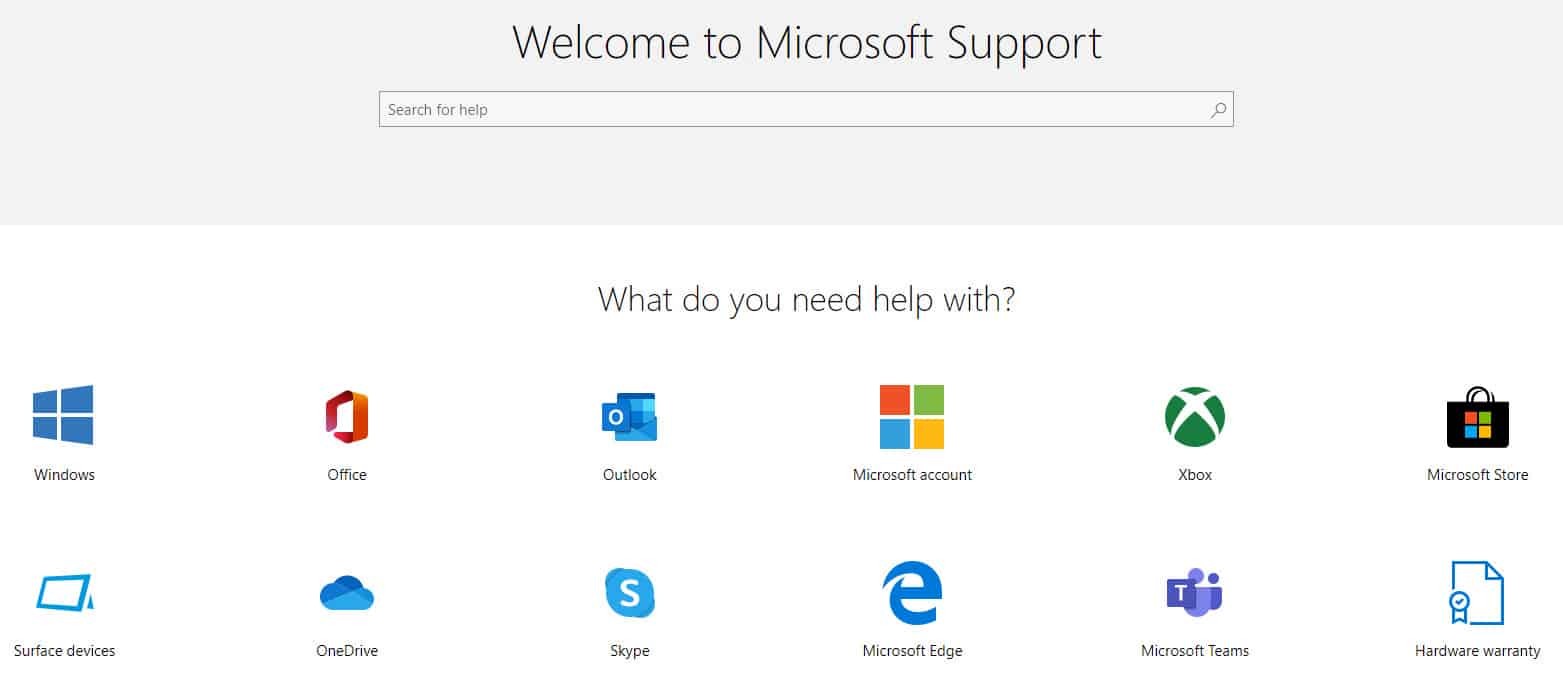

- #MICROSOFT ACCOUNT SUPPORT PHONE NUMBER HOW TO#
- #MICROSOFT ACCOUNT SUPPORT PHONE NUMBER FULL#
- #MICROSOFT ACCOUNT SUPPORT PHONE NUMBER PC#
Nikiforakis presented the Stony Brook study at the Federal Trade Commission last year, and the FTC is actively taking on the scammers. The Stony Brook team then counted how many were put on hold, to estimate the operation's overall capacity.Īll of those tactics are more than theoretical. To that end, they conducted second experiment in which 20 volunteers dialed into a call center simultaneously. Gathering data about the number and length of calls to a certain call center should sniff out the most lucrative schemes, the researchers argue. They also suggest two methods for estimating the effectiveness of various call-center operations, to better prioritize law enforcement's response. "If you blacklist numbers, you can make the scam more expensive," Nikiforakis says. Encouraging those services to ban known fraud numbers could offer a pressure point. They found that that the 22,000 pages used just over 1,600 phone numbers among them, mostly sourced from VoIP services like Twilio, WilTel, RingRevenue, and Bandwidth. The researchers' work provided a few ideas about how authorities can prevent tech support scams, or at least render them less profitable. But given that they've likely found only a fraction of the scam sites and didn't track the total number of campaigns creating them, they don't claim to have an estimate for the entire tech-support scam industry. Based on all of that data taken together, the researchers roughly estimated that the scam domains they discovered made about $75 million a year. About 70 percent survived for between one and three days, though about 7 percent lasted well over a month. Since prior research on fake antivirus scams indicate about two percent of people fall for similar traps, the team estimated that the domains each took in about $2,000 a day.īy periodically visiting the scam sites, they also learned how long those pages stayed online before disappearing-likely as domain-hosting companies discovered the fraud and removed them. By a stroke of luck, they found that an Apache module in 142 of those pages exposed traffic-counting code, allowing the researchers to estimate how many visitors those pages received. Out of five million pages it visited, ROBOVIC discovered about 22,000 tech support scam pages hosted at roughly 8,700 domains. Another 10 percent were in the United States, and the remaining five percent were in Costa Rica. The researchers also traced the IP addresses of the remote administration tools the scammers used, which provided an educated guess at where they were based: 85 percent were in India, a logical location given its relatively low wages and English-speaking population. Finally, they'd tell the victims about pricing plans for cleanup services, which averaged $291. Then they'd point to entirely normal but obscure features of the operating system-listing Windows' "stopped" services, Netstat scans, Event Viewer, and so on-as evidence of malware or hacker intrusions.

They'd praise the computer's underlying hardware, to give the victim a sense that cleaning up its infections would be worth the money. Once connected, the scammers would click around the would-be victim's computer and ask about recent usage, implying that whatever the caller had done had led to the machine's corruption.
#MICROSOFT ACCOUNT SUPPORT PHONE NUMBER HOW TO#
And, the team hopes, some clues about how to prevent more vulnerable marks from getting bilked by the call centers that carry them out. What they found, after all those calls? The disturbing scale of those so-called “tech support” scams. Each time, they found it supposedly infected with viruses and spyware, and offered a cleanup for a fee-on average around $300.
#MICROSOFT ACCOUNT SUPPORT PHONE NUMBER FULL#
Again and again, for hours on end, they played out the full racket, calling actual human tech-support scammers who patiently, fraudulently “analyzed” their computers' security via a remote connection. But three security researchers from the State University of New York at Stony Brook did it anyway. You probably (hopefully) know better than to dial that number. And it offers a toll-free number for a “Microsoft” support line.
#MICROSOFT ACCOUNT SUPPORT PHONE NUMBER PC#
It informs you that your PC suffers from a smorgasboard of security problems, ranging from stolen credit cards to breached family photos to stalkers watching you through your webcam. The scam starts with a warning on your computer-a shamelessly fake one, often imitating a blue screen of death or a blinking malware alert.


 0 kommentar(er)
0 kommentar(er)
